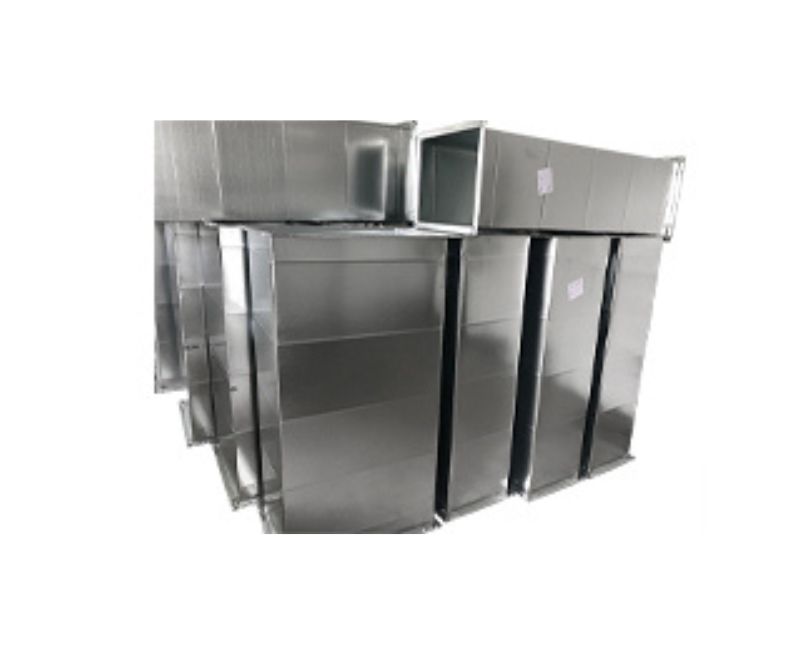Metal Duct
Metal ducts are a common component of HVAC (Heating, Ventilation, and Air Conditioning) systems used in residential, commercial, and industrial buildings to distribute air throughout the space. Here’s an overview of metal ducts, their types, advantages, and applications:
Types of Metal Ducts:
- Galvanized Steel Ducts: These are the most common type of metal ducts used in HVAC systems. Galvanized steel is coated with a layer of zinc to prevent corrosion, making it durable and suitable for various applications.
- Stainless Steel Ducts: Stainless steel ducts offer excellent corrosion resistance and are often used in environments where hygiene and cleanliness are crucial, such as hospitals, laboratories, and food processing facilities.
- Aluminum Ducts: Aluminum ducts are lightweight and resistant to corrosion. They are often used in residential HVAC systems and where weight reduction is a consideration.
Advantages of Metal Ducts:
- Durability: Metal ducts are robust and can withstand high pressure and temperature variations without deforming or collapsing.
- Fire Resistance: Metal ducts are inherently fire-resistant, providing added safety in buildings.
- Low Air Resistance: Smooth inner surfaces of metal ducts reduce air friction, allowing for efficient airflow and lower energy consumption.
- Customizable: Metal ducts can be fabricated into various shapes and sizes to fit specific building layouts and HVAC system requirements.
- Long Lifespan: When properly installed and maintained, metal ducts can have a long service life, reducing the need for frequent replacement.
Applications of Metal Ducts:
- Commercial Buildings: Offices, retail spaces, and hotels often use metal ducts for their durability and efficiency.
- Industrial Facilities: Factories and warehouses benefit from metal ducts’ robust construction and ability to handle high airflow volumes.
- Residential HVAC Systems: Metal ducts are commonly used in homes for heating and cooling air distribution.
- Specialized Environments: Environments requiring cleanliness and hygiene, such as hospitals and laboratories, use stainless steel ducts.
Considerations:
- Installation: Proper installation by qualified HVAC professionals is crucial to ensure optimal performance and efficiency.
- Maintenance: Regular inspection and cleaning of metal ducts are necessary to prevent dust buildup and maintain airflow efficiency.
- Noise: Metal ducts can transmit sound more than insulated ducts, so noise attenuation measures may be required in noise-sensitive areas.
Summary:
Metal ducts are essential components of HVAC systems, offering durability, fire resistance, and efficient air distribution. They are widely used across various building types and environments due to their reliability and long lifespan. Choosing the right type of metal ducts depends on factors such as building requirements, environmental conditions, and budget considerations. Consulting with HVAC professionals can help in selecting and installing the most suitable metal ducts for specific applications.

